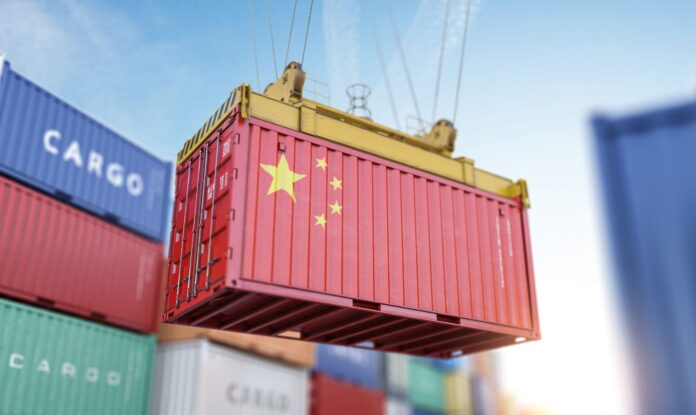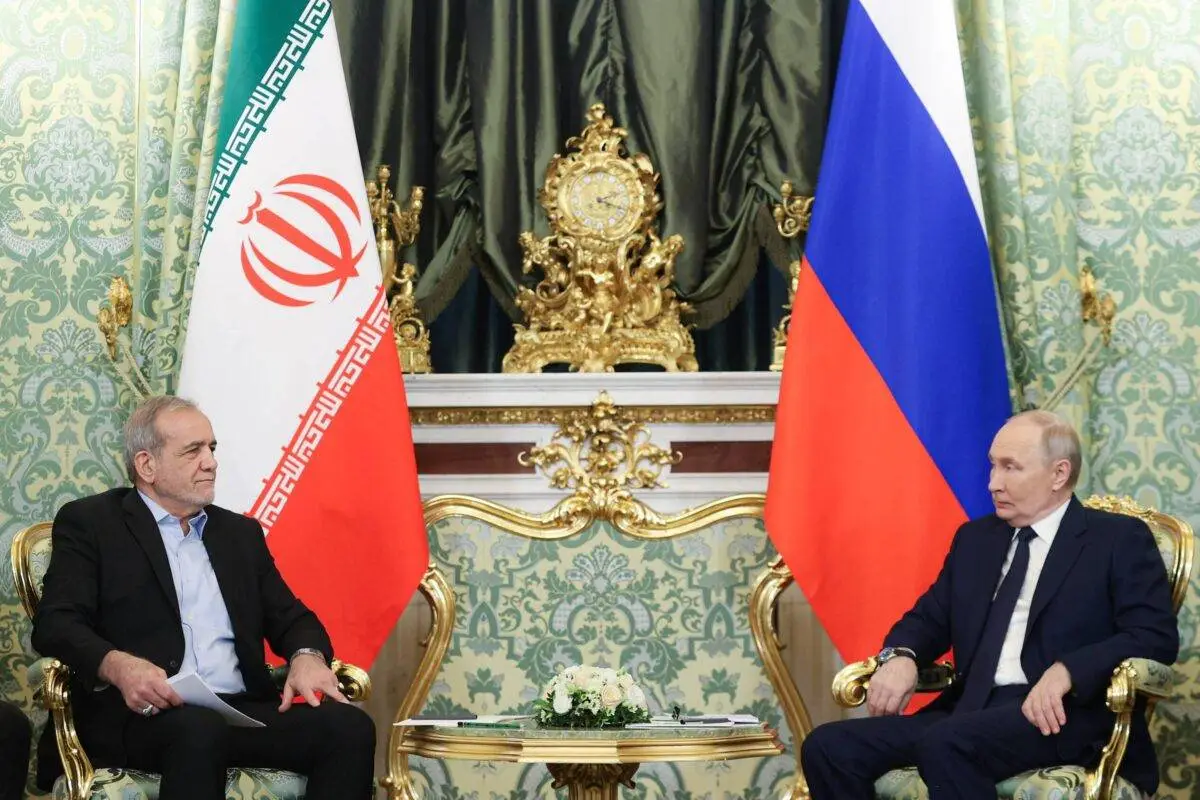In recent months, China’s exports have experienced a remarkable surge, reflecting a strategic push by manufacturers to capitalize on favorable trading conditions before the anticipated implementation of new tariffs. This increase, measured at an impressive 12.4%, highlights the urgency many companies feel to ship goods abroad before potential cost increases alter the competitive landscape. Analysts note that this uptick comes amid ongoing negotiations and discussions about tariffs that could reshape international trade dynamics considerably.
Several factors appear to be driving this export boost. First and foremost is the impending threat of tariffs, which has instilled a sense of urgency among manufacturers. “Companies are doing everything they can to move their products out before new tariffs make them less competitive,” remarked an industry expert. This proactive approach is not just a reaction to policy changes but also a calculated move to secure market share in a highly competitive global environment.
The looming threat of tariffs is driving manufacturers to prioritize exports and secure their competitive edge.
China’s vast manufacturing capabilities allow it to produce a wide array of goods, from electronics to textiles, which are in high demand in various international markets. Moreover, the global economic environment has also played a vital role in this surge. As countries recover from the economic impacts of the COVID-19 pandemic, there is a growing appetite for consumer goods, which Chinese manufacturers are keen to meet.
“The world is opening up again, and countries are looking to replenish their inventories,” noted an economist specializing in trade. This rebound in demand has coincided with China’s efforts to increase its export capacity, leading to a perfect storm of rising exports.
Additionally, the favorable exchange rate of the yuan against other currencies has made Chinese products more attractive abroad. As the yuan remains relatively stable, it provides an advantageous position for overseas buyers, further stimulating exports. The Chinese government has also implemented supportive policies aimed at boosting exports, providing additional incentives for manufacturers to ramp up production.
However, concerns linger regarding the sustainability of this export growth. As tariffs loom, the long-term implications for China’s economy and its trading partners remain uncertain. Economists warn that while the current surge may bolster short-term economic performance, the potential for retaliatory tariffs could dampen future growth prospects.













